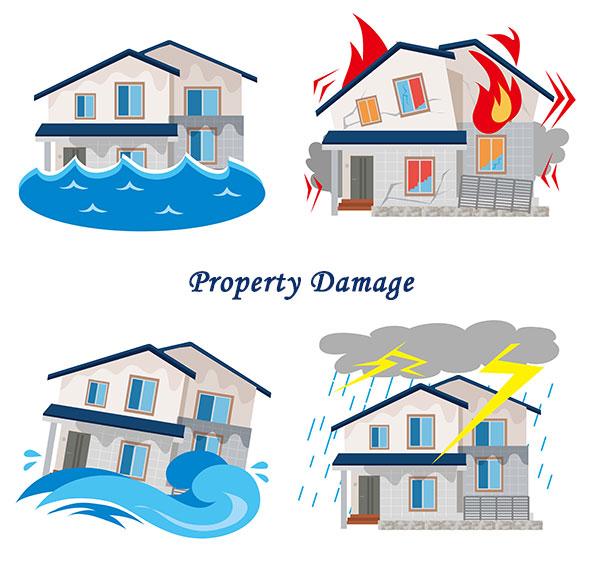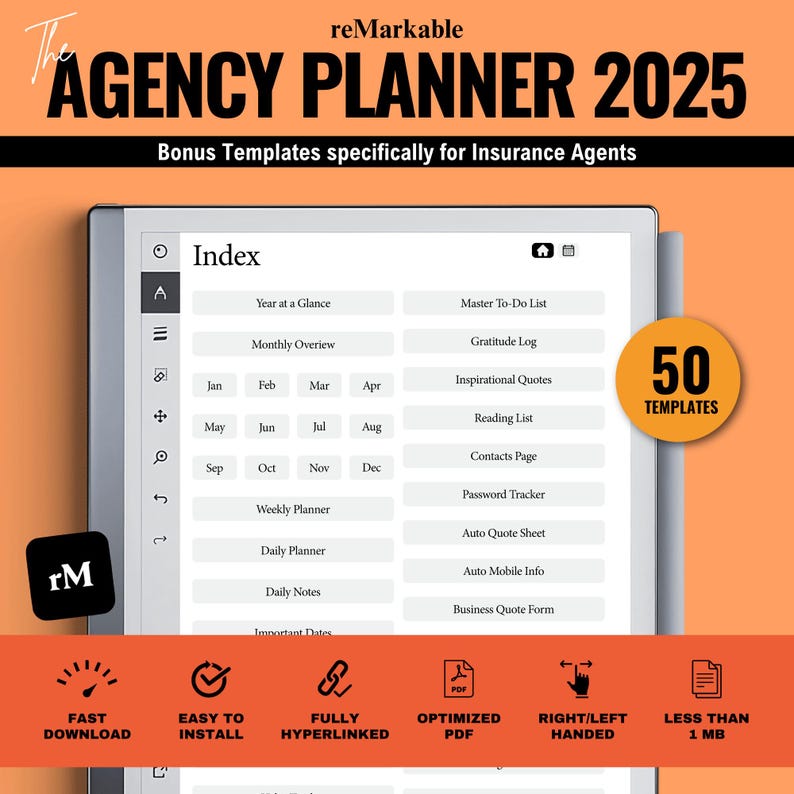Your home is more than just a place—it’s your sanctuary, a space filled with memories, laughter, and love. But what happens when the safety of that sanctuary is threatened by unexpected property damage claims? The fear, the stress, and the potential financial burden can feel overwhelming. In this article, we’ll walk you through heartfelt, practical ways to shield your home and protect your peace of mind. Because staying safe isn’t just about bricks and mortar—it’s about preserving the haven you’ve worked so hard to build. Let’s dive into how you can defend your home from those unexpected claims and keep your sanctuary secure.
Table of Contents
- Understanding Common Causes of Property Damage and How to Prevent Them
- Creating a Home Maintenance Routine That Protects Your Investment
- Navigating Insurance Policies to Maximize Your Coverage
- Steps to Take Immediately After Property Damage to Strengthen Your Claim Defense
- Closing Remarks
Understanding Common Causes of Property Damage and How to Prevent Them
Every homeowner dreads the day when unforeseen damage strikes their sanctuary. From leaky pipes to sudden storms, property damage often arises from unexpected yet common sources. Neglecting routine maintenance is one of the biggest culprits. Small issues like clogged gutters, worn-out roofing shingles, or faulty wiring quietly escalate into costly repairs. Water intrusion caused by poor drainage can silently rot your foundation, while undetected mold growth threatens both your home and health. To guard your investment, consider regular home inspections—proactively addressing vulnerabilities prevents minor annoyances from snowballing into devastating consequences.
Preventative steps don’t have to feel overwhelming. Simple habits can make all the difference in shielding your home from damage and the heartache that follows. Here are key practices to adopt:
- Seasonal maintenance checks—inspect roofs, gutters, and plumbing for early signs of trouble.
- Proper landscaping—ensure soil slopes away from your foundation to avoid water pooling.
- Fire safety measures—clear dry brush and keep fire extinguishers accessible.
- Secure windows and doors—fortify entry points against storms and break-ins.
- Invest in smart home technology—leak detectors and security systems alert you instantly to risks.
These proactive strategies are more than tasks—they are commitments to protecting your peace of mind and the memories built within your walls.
Creating a Home Maintenance Routine That Protects Your Investment
Taking control of your home’s long-term health means establishing a maintenance routine that not only preserves its value but also actively prevents costly damage claims. Start by setting seasonal reminders to inspect critical areas like your roof, gutters, plumbing, and HVAC systems. These regular check-ins allow you to catch minor issues — such as a leaky faucet or clogged drainage — before they escalate into damaging problems that could jeopardize your home and insurance standing.
Integrating simple, proactive steps into your routine can make a world of difference when protecting your property. Consider creating a checklist that includes:
- Clearing debris and leaves from gutters to prevent water damage
- Testing smoke and carbon monoxide detectors regularly for safety
- Scheduling professional inspections for structural integrity and pest control
- Monitoring weather alerts to prepare and secure your home accordingly
Consistency is the secret weapon here — by honoring these practices throughout the year, you build a shield around your investment, reducing the stress of unexpected claims and the heartache of preventable damage.
Navigating Insurance Policies to Maximize Your Coverage
Steps to Take Immediately After Property Damage to Strengthen Your Claim Defense
Acting swiftly and methodically is your best defense when property damage occurs. Begin by securing the area to prevent further harm—whether it’s boarding up broken windows or shutting off utilities to avoid hazards. Then, capture every detail with photos and videos from multiple angles. These visuals serve as vital evidence, showing the exact state of your property before any cleanup or repairs begin. Additionally, compile a detailed inventory of damaged items and affected areas, noting dates and circumstances. This record will be invaluable when working with insurance adjusters or legal representatives who need clarity and specificity.
Equally important is notifying your insurance company promptly and providing them with all documented evidence. Communicate clearly and keep copies of every correspondence and claim form submitted. Remember to seek professional inspections or assessments if needed, as expert reports can lend powerful credibility to your case. Throughout this process, stay organized and patient—your consistent diligence not only protects your home but also empowers you to face any claim with confidence and authority.
Closing Remarks
In the end, protecting your home isn’t just about safeguarding bricks and mortar—it’s about preserving your peace of mind and the sanctuary you’ve worked so hard to create. Property damage claims can feel overwhelming and invasive, but with the right steps, you can shield your home and yourself from unexpected legal and financial stress. Remember, prevention starts with awareness, taking action before trouble strikes. So, take a deep breath, put these tips into practice, and rest easy knowing you’ve done everything possible to keep your home—and your heart—safe. Your home is more than just a place; it’s your refuge. Treat it that way.






